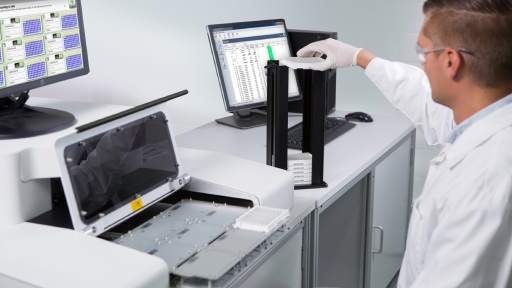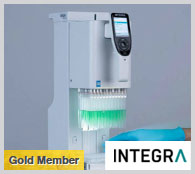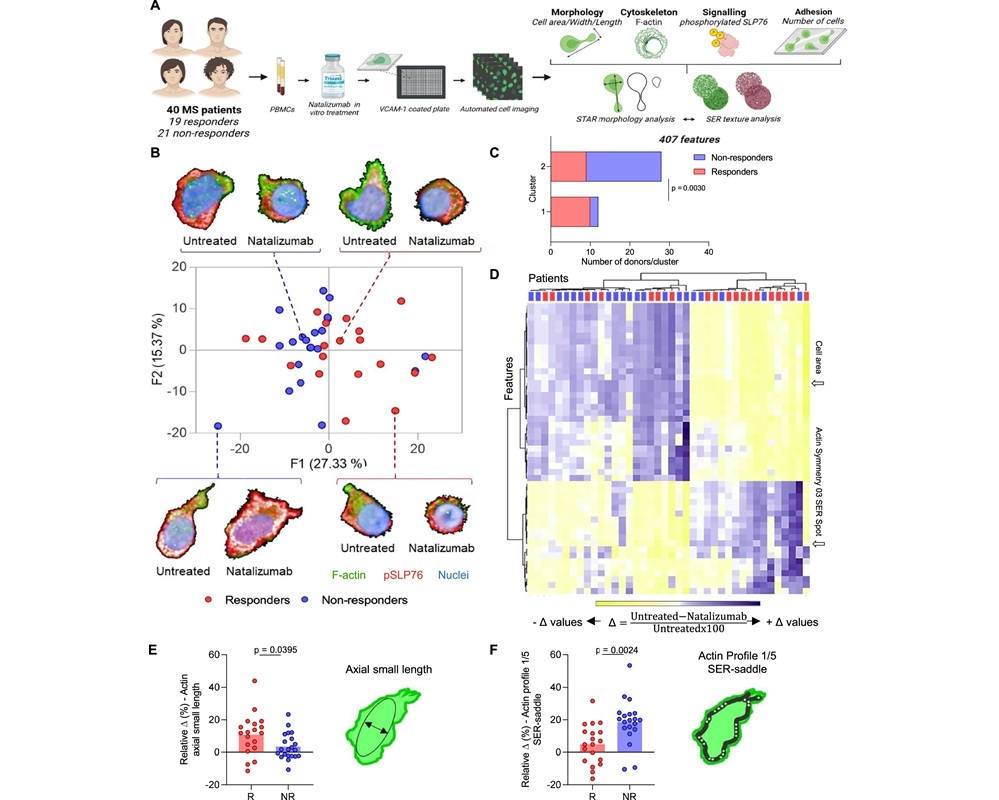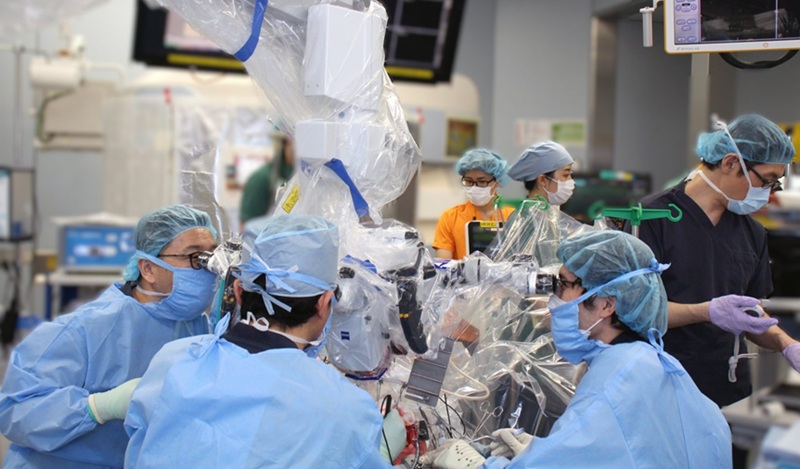Exome Sequencing Identifies Genetic Loci Linked to the Fetal Syndrome Nonimmune Hydrops Fetalis
|
By LabMedica International staff writers Posted on 19 Oct 2020 |
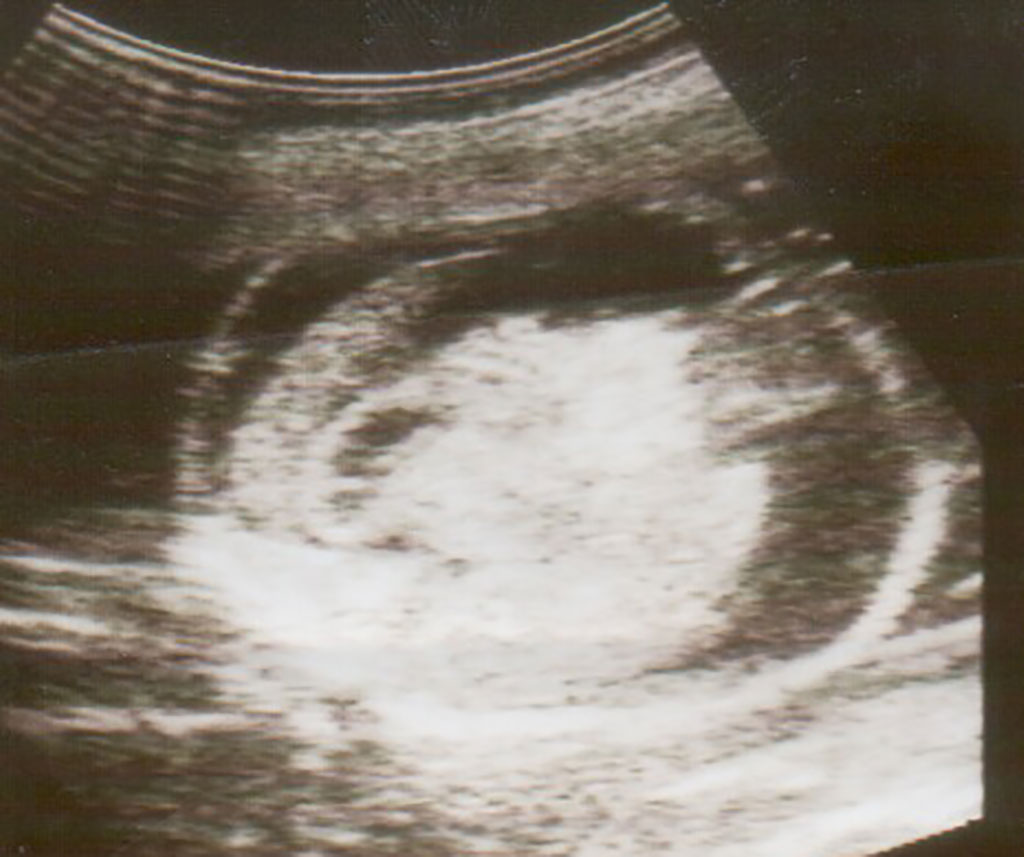
Image: Ultrasound scan of fetus showing hydrops fetalis (Photo courtesy of Wikimedia Commons)
An exome sequencing technique was used to identify genetic loci linked to development of about 30% of cases of nonimmune hydrops fetalis (NIHF).
Hydrops fetalis is a condition in the fetus characterized by an accumulation of fluid, or edema, in at least two fetal compartments. Locations can include the subcutaneous tissue on the scalp, the pleura (pleural effusion), the pericardium (pericardial effusion), and the abdomen (ascites). NHIF is actually a prenatal form of heart failure, in which the heart is unable to satisfy demand (in most cases abnormally high) for blood flow. This occurs when the fetal heart needs to pump a much greater volume of blood to deliver the same amount of oxygen. The increased demand for cardiac output leads to heart failure, and corresponding edema. NHIF has numerous genetic causes; the extent to which exome sequencing can aid in its diagnosis is unclear.
To determine the efficacy of exome sequencing for diagnosing NHIF, investigators at the University of California, San Francisco (USA) used the procedure to evaluate a series of 127 consecutive unexplained cases of NIHF that were defined by the presence of fetal ascites, pleural or pericardial effusions, skin edema, cystic hygroma, increased nuchal translucency, or a combination of these conditions.
Results identified diagnostic genetic variants in 37 of the 127 cases (29%). These included those for disorders affecting the RAS–MAPK cell-signaling pathway (known as RASopathies) (30% of the genetic diagnoses); inborn errors of metabolism and musculoskeletal disorders (11% each); lymphatic, neurodevelopmental, cardiovascular, and hematologic disorders (8% each); and others. Prognoses ranged from a relatively mild outcome to death during the perinatal period. Overall, 68% of the cases (25 of 37) with diagnostic variants were autosomal dominant (of which 12% were inherited and 88% were de novo), 27% (10 of 37) were autosomal recessive (of which 95% were inherited and 5% were de novo), one was inherited X-linked recessive, and one was of uncertain inheritance.
First author Dr. Teresa Sparks, assistant professor of obstetrics, gynecology, and reproductive sciences at the University of California, San Francisco, said, "The cause of most cases of NIHF is not identified with standard testing, but when we apply exome sequencing, we find a genetic diagnosis in nearly 30% of cases of previously unknown cause. There is a very wide range in genetic diagnoses underlying NIHF, and identifying the diagnosis is essential for families and healthcare providers. With advanced genetic testing, there is much more we can discover for families to help them understand the situation, for obstetricians and neonatologists to better take care of the pregnancy and anticipate the needs of the newborn, and ultimately to guide the development of novel prenatal management strategies such as in-utero therapies to improve health outcomes over the long term."
The NHIF exome sequencing study was published in the October 7, 2020, online edition of The New England Journal of Medicine.
Related Links:
University of California, San Francisco
Hydrops fetalis is a condition in the fetus characterized by an accumulation of fluid, or edema, in at least two fetal compartments. Locations can include the subcutaneous tissue on the scalp, the pleura (pleural effusion), the pericardium (pericardial effusion), and the abdomen (ascites). NHIF is actually a prenatal form of heart failure, in which the heart is unable to satisfy demand (in most cases abnormally high) for blood flow. This occurs when the fetal heart needs to pump a much greater volume of blood to deliver the same amount of oxygen. The increased demand for cardiac output leads to heart failure, and corresponding edema. NHIF has numerous genetic causes; the extent to which exome sequencing can aid in its diagnosis is unclear.
To determine the efficacy of exome sequencing for diagnosing NHIF, investigators at the University of California, San Francisco (USA) used the procedure to evaluate a series of 127 consecutive unexplained cases of NIHF that were defined by the presence of fetal ascites, pleural or pericardial effusions, skin edema, cystic hygroma, increased nuchal translucency, or a combination of these conditions.
Results identified diagnostic genetic variants in 37 of the 127 cases (29%). These included those for disorders affecting the RAS–MAPK cell-signaling pathway (known as RASopathies) (30% of the genetic diagnoses); inborn errors of metabolism and musculoskeletal disorders (11% each); lymphatic, neurodevelopmental, cardiovascular, and hematologic disorders (8% each); and others. Prognoses ranged from a relatively mild outcome to death during the perinatal period. Overall, 68% of the cases (25 of 37) with diagnostic variants were autosomal dominant (of which 12% were inherited and 88% were de novo), 27% (10 of 37) were autosomal recessive (of which 95% were inherited and 5% were de novo), one was inherited X-linked recessive, and one was of uncertain inheritance.
First author Dr. Teresa Sparks, assistant professor of obstetrics, gynecology, and reproductive sciences at the University of California, San Francisco, said, "The cause of most cases of NIHF is not identified with standard testing, but when we apply exome sequencing, we find a genetic diagnosis in nearly 30% of cases of previously unknown cause. There is a very wide range in genetic diagnoses underlying NIHF, and identifying the diagnosis is essential for families and healthcare providers. With advanced genetic testing, there is much more we can discover for families to help them understand the situation, for obstetricians and neonatologists to better take care of the pregnancy and anticipate the needs of the newborn, and ultimately to guide the development of novel prenatal management strategies such as in-utero therapies to improve health outcomes over the long term."
The NHIF exome sequencing study was published in the October 7, 2020, online edition of The New England Journal of Medicine.
Related Links:
University of California, San Francisco
Latest Molecular Diagnostics News
- Portable Label-Free Device Tracks Alzheimer's Disease in Real Time
- Liquid Biopsy Test Enables Early Detection of ICI-Related Myocarditis
- Rapid POC Diagnostic Test Detects Asymptomatic Malaria Cases
- Improved DNA Sequencing Tool Uncovers Hidden Mutations Driving Cancer
- Newborn Genomic Screening Enables More Lifesaving Diagnoses
- Blood Protein Tests Could Identify Distinct Molecular Fingerprints of Multiple Diseases
- Interstitial Lung Disease Test Could Identify Patients Before Symptoms Appear
- Genomic-First Approach Identifies Rare Genetic Disorders Earlier
- Simple Blood Test Could Reveal Kidney Disease Earlier
- Revolutionary Blood Test Accurately Diagnoses Chronic Fatigue Syndrome
- Stool-Based DNA Testing Leads to Timely Colonoscopy
- Groundbreaking Tool Improves Genetic Testing Accuracy
- Biomarker Blood Test Could Predict Development of Long COVID
- Polygenic Risk Score Blood Test Predicts Future Breast Cancer
- AI-Powered Blood Tests Enable Early Detection of Alzheimer’s Disease
- Simple Urine Test Could Illuminate Hidden Tumors for Early Cancer Diagnosis
Channels
Clinical Chemistry
view channel
VOCs Show Promise for Early Multi-Cancer Detection
Early cancer detection is critical to improving survival rates, but most current screening methods focus on individual cancer types and often involve invasive procedures. This makes it difficult to identify... Read more
Portable Raman Spectroscopy Offers Cost-Effective Kidney Disease Diagnosis at POC
Kidney disease is typically diagnosed through blood or urine tests, often when patients present with symptoms such as blood in urine, shortness of breath, or weight loss. While these tests are common,... Read moreHematology
view channel
Viscoelastic Testing Could Improve Treatment of Maternal Hemorrhage
Postpartum hemorrhage, severe bleeding after childbirth, remains one of the leading causes of maternal mortality worldwide, yet many of these deaths are preventable. Standard care can be hindered by delays... Read more
Pioneering Model Measures Radiation Exposure in Blood for Precise Cancer Treatments
Scientists have long focused on protecting organs near tumors during radiotherapy, but blood — a vital, circulating tissue — has largely been excluded from dose calculations. Each blood cell passing through... Read more
Platelets Could Improve Early and Minimally Invasive Detection of Cancer
Platelets are widely recognized for their role in blood clotting and scab formation, but they also play a crucial role in immune defense by detecting pathogens and recruiting immune cells.... Read more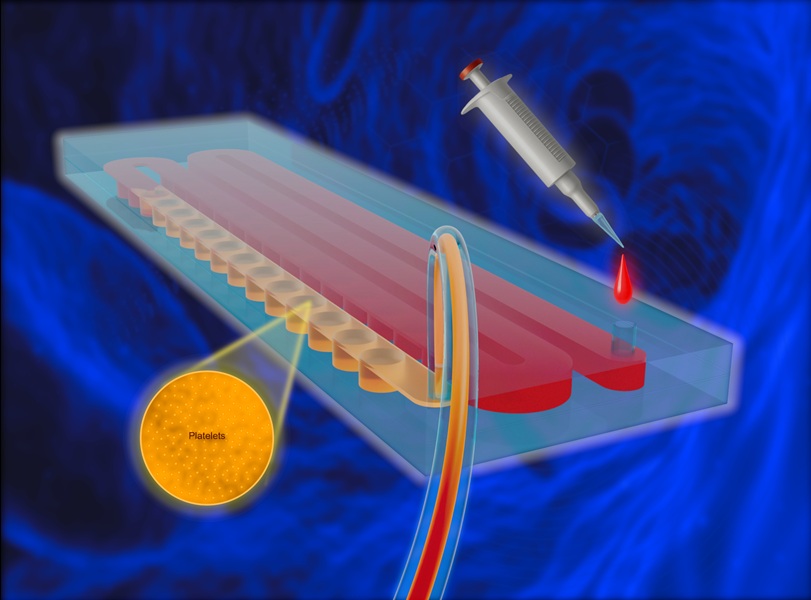
Portable and Disposable Device Obtains Platelet-Rich Plasma Without Complex Equipment
Platelet-rich plasma (PRP) plays a crucial role in regenerative medicine due to its ability to accelerate healing and repair tissue. However, obtaining PRP traditionally requires expensive centrifugation... Read moreImmunology
view channel
Blood Test Tracks Treatment Resistance in High-Grade Serous Ovarian Cancer
High-grade serous ovarian cancer (HGSOC) is often diagnosed at an advanced stage because it spreads microscopically throughout the abdomen, and although initial surgery and chemotherapy can work, most... Read more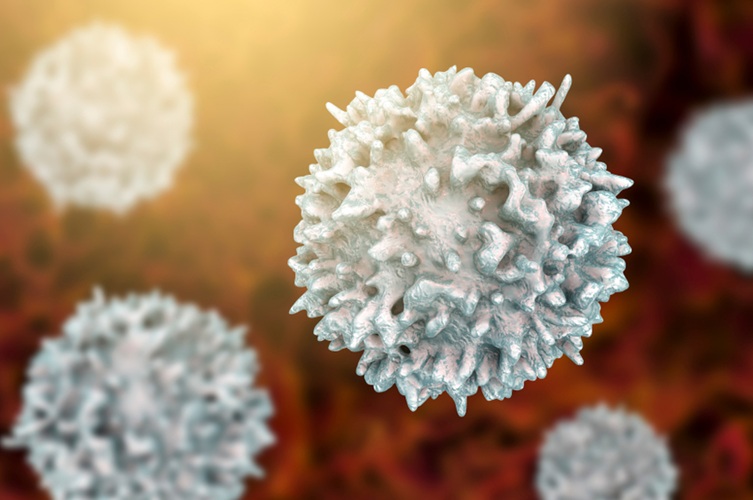
Luminescent Probe Measures Immune Cell Activity in Real Time
The human immune system plays a vital role in defending against disease, but its activity must be precisely monitored to ensure effective treatment in cancer therapy, autoimmune disorders, and organ transplants.... Read more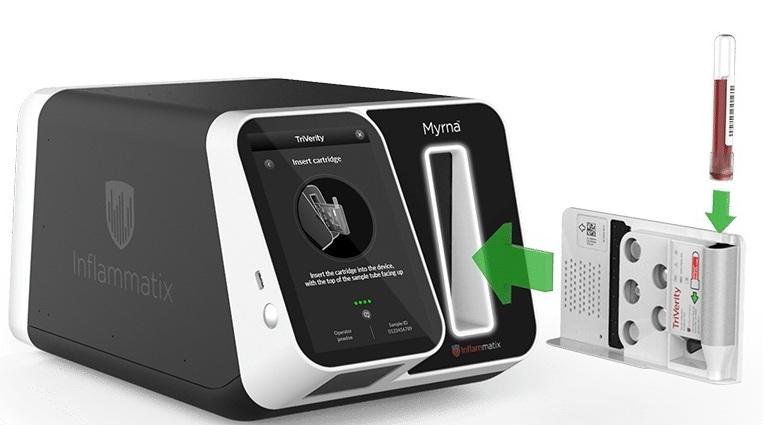
Blood-Based Immune Cell Signatures Could Guide Treatment Decisions for Critically Ill Patients
When a patient enters the emergency department in critical condition, clinicians must rapidly decide whether the patient has an infection, whether it is bacterial or viral, and whether immediate treatment... Read moreMicrobiology
view channel
Fast Noninvasive Bedside Test Uses Sugar Fingerprint to Detect Fungal Infections
Candida bloodstream infections are a growing global health threat, causing an estimated 6 million cases and 3.8 million deaths annually. Hospitals are particularly vulnerable, as weakened patients after... Read more
Rapid Sepsis Diagnostic Device to Enable Personalized Critical Care for ICU Patients
Sepsis is a life-threatening condition that occurs when the body’s response to infection spirals out of control, damaging organs and leading to critical illness. Patients often arrive at intensive care... Read morePathology
view channel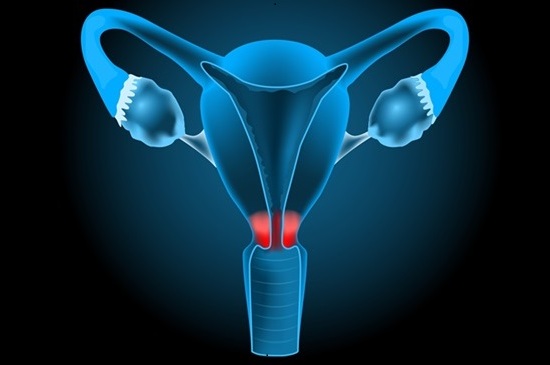
AI Improves Cervical Cancer Screening in Low-Resource Settings
Access to cervical cancer screening in low- and middle-income countries remains limited, leaving many women without early detection for this life-threatening disease. The lack of access to laboratories,... Read more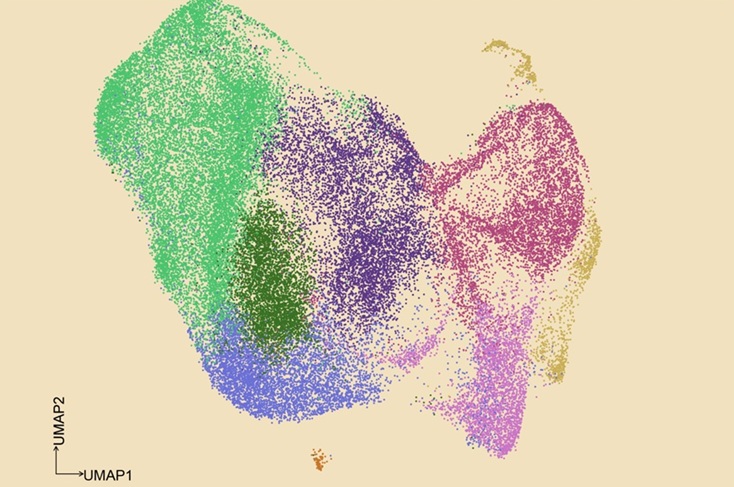
New Multi-Omics Tool Illuminates Cancer Progression
Tracking how cancers evolve into more aggressive and therapy-resistant forms has long been a challenge for researchers. Many current tools can only capture limited genetic information from tumor samples,... Read moreTechnology
view channel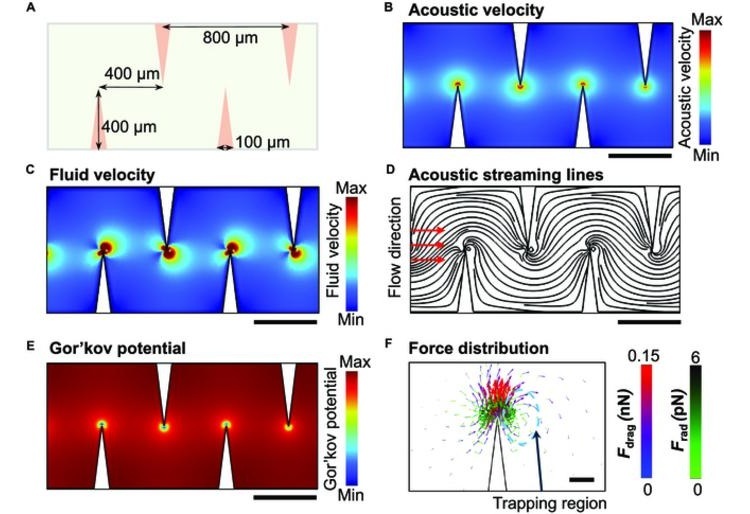
Acoustofluidic Device to Transform Point-Of-Care sEV-Based Diagnostics
Rapid and sensitive detection of small extracellular vesicles (sEVs)—key biomarkers in cancer and organ health monitoring—remains challenging due to the need for multiple preprocessing steps and bulky... Read more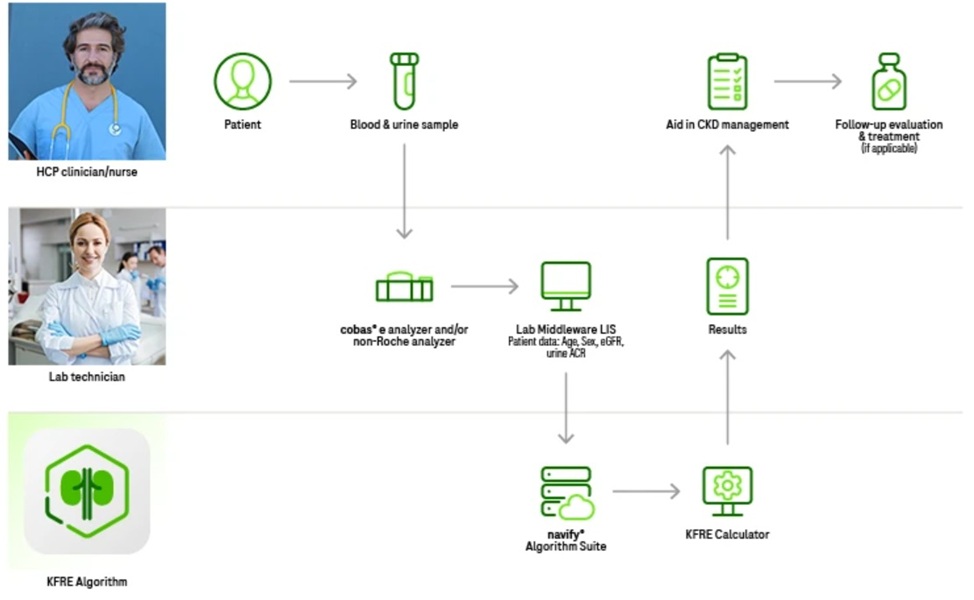
AI Algorithm Assesses Progressive Decline in Kidney Function
Chronic kidney disease (CKD) affects more than 700 million people worldwide and remains a major global health challenge. The condition often progresses silently, and many patients remain undiagnosed until... Read more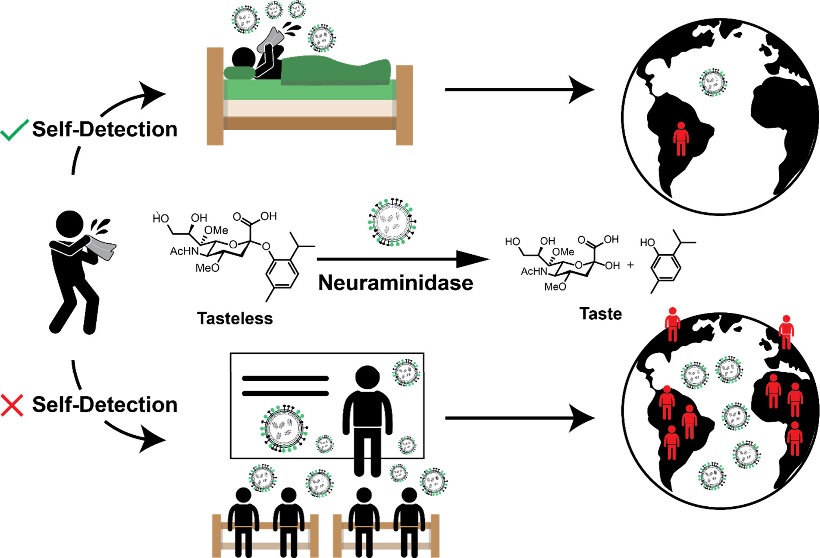
Taste-Based Influenza Test Could Replace Nasal Swabs with Chewing Gum
Influenza is one of the most dangerous infectious diseases worldwide, claiming around half a million lives each year. What makes it particularly insidious is that flu viruses are contagious even before... Read more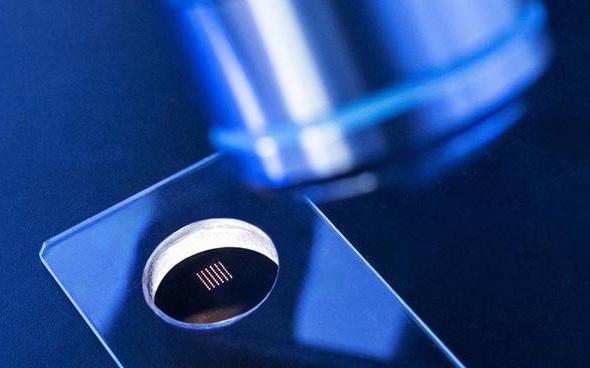
3D Micro-Printed Sensors to Advance On-Chip Biosensing for Early Disease Detection
Early-stage disease diagnosis depends on the ability to detect biomarkers with exceptional sensitivity and precision. However, traditional biosensing technologies struggle with achieving this at the micro-scale,... Read moreIndustry
view channelHologic to be Acquired by Blackstone and TPG
Hologic (Marlborough, MA, USA) has entered into a definitive agreement to be acquired by funds managed by Blackstone (New York, NY, USA) and TPG (San Francisco, CA, USA) in a transaction valued at up to... Read more
Bio-Techne and Oxford Nanopore to Accelerate Development of Genetics Portfolio
Bio-Techne Corporation (Minneapolis, MN, USA) has expanded its agreement with Oxford Nanopore Technologies (Oxford, UK) to broaden Bio-Techne's ability to develop a portfolio of genetic products on Oxford... Read more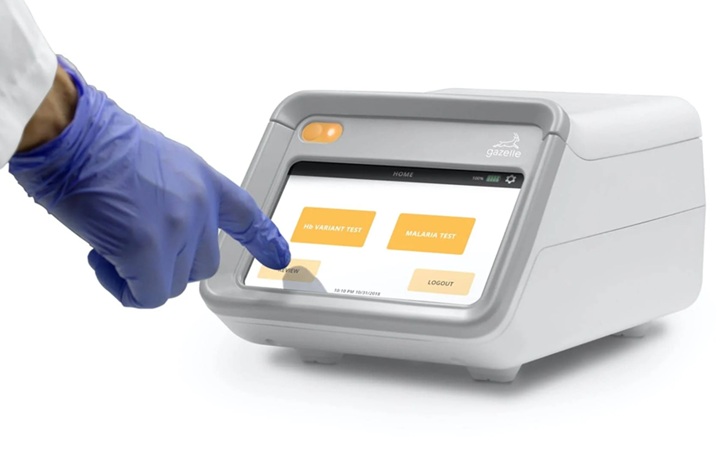
Terumo BCT and Hemex Health Collaborate to Improve Access to Testing for Hemoglobin Disorders
Millions of people worldwide living with sickle cell disease and other hemoglobin disorders experience delayed diagnosis and limited access to effective care, particularly in regions where testing is scarce.... Read more